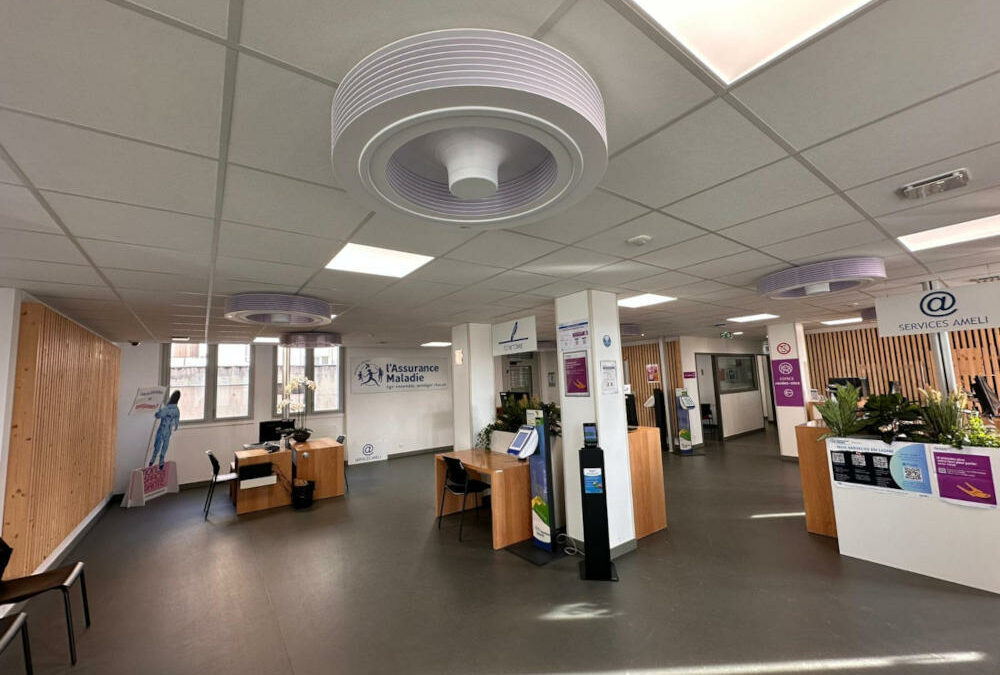CPAM: French primary health insurance fund It all begins in March 2021, at the heart of the Covid-19 turmoil. In these troubled times, conferences are held by video only.
UCANSS, (Union of National Social Security Funds) and Green Soluce [i], a consultancy specialising in energy and environmental performance, are organising the Impulsion Forum. 3 days of events and meetings to reflect on the energy transition of public buildings. Around a thousand participants are expected to attend.
Perrine Thaller and Arnaud Gouilloud, the manager and deputy manager of the CNAM’s AURA Regional Real Estate Competence Centre, jumped at the chance to take part in a project on ceiling fans.
The Haute-Savoie CPAM, which had been made aware of the issue by the Pôle Régional, then decided to get involved. Its representatives discovered the potential of air heaters in terms of summer comfort and energy savings.
Three years later, after a lot of hard work, the results are in: 36% annual energy savings for the Annecy site, and first place in the Cube 2023 competition for offices over 5,000 m²!
And it doesn’t stop there: according to the study submitted to CPAM staff, while only 30% of respondents found the temperature in the premises bearable during the summer months, the figure rises to 81% after the installation of ceiling fans!
The CUBE competition, the energy savings championship: a great showcase
The Concours Usages Bâtiment Efficace (CUBE) is an annual challenge organised by the French Institute for Building Performance (IFPEB) to stimulate energy-saving projects in France. Since 2013, 1,416 buildings have taken part in this recognised and highly-regarded competition, supported by public authorities, local authorities and a large number of committed businesses (including Orange and BNP Paribas). As shown below, the Annecy CPAM is on course to win the competition in the Offices >5,000 m² category, based on results to the end of November 2023).
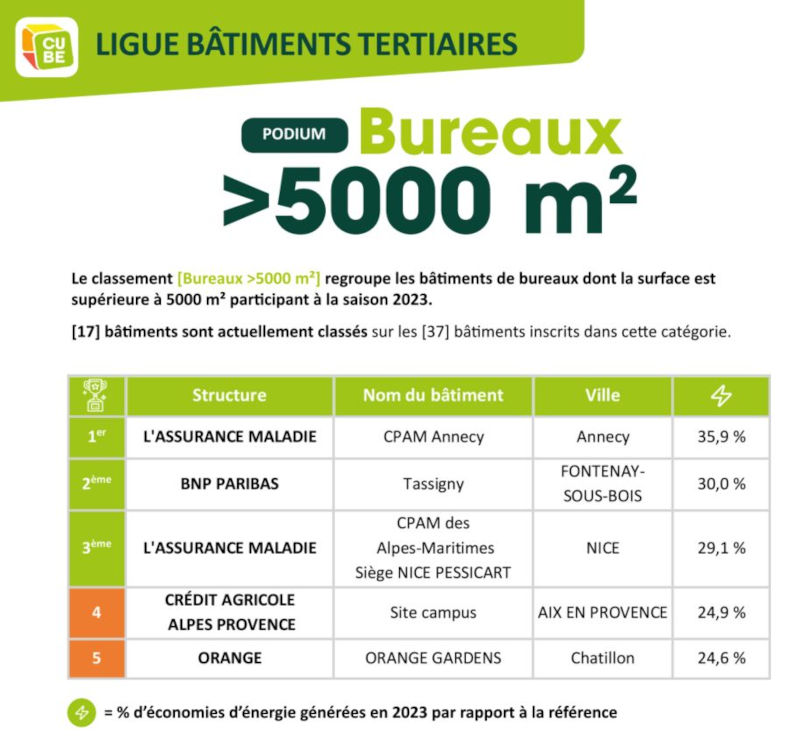
Figure 1: CPAM Annecy’s position in the CUBE 2023 competition at the end of November
CPAM Annecy: a major improvement in energy consumption
The overall surface area of this tertiary site, headquarters of the Haute-Savoie CPAM, is respectable at 9 352 m², with an average daily occupancy of 400 employees.. Completed in 2003, the building is new, which makes the measured savings of 430 MWh two-thirds of the way through 2023 all the more appreciable.. To come out on top in its category at the end of November in the CUBE competition, CPAM 74 used a number of technical levers: :
- Regulation and optimisation of heating and air conditioning temperatures (20° in winter, 26° in summer)
- Heating switched off in rooms by default, switched on when presence is signalled.
- Installation of a BMS (Building Management System) in 2022 to monitor and control the equipment.
- Installation of ceiling fans to improve summer comfort while limiting set-point temperatures.
In addition, a number of actions have been taken in relation to usage (awareness-raising, communication, challenges, etc.). As part of the CUBE competition, CPAM 74 also took part in the “Baisse Ta Clim” competition, which focused more on summer sobriety. The interim results show an overall saving of 29%. Below, we publish the energy savings achieved at the Annecy site by the end of November 2023. During the summer of 2023, the air mixers are still in their experimental phase, so their contribution has not yet had a significant impact on the overall CUBE result. Nevertheless, as a result of the various actions undertaken, and as can be seen in Figure 3, electricity consumption has fallen particularly significantly.

Figure 2: CPAM 74’s total consumption (electricity and gas)

Figure 3: electricity consumption

Figure 4: Gas consumption (heating only)
Ceiling fans and summer comfort: a multifactorial strategy
The department’s CPAM is considering two models for its ceiling fan installations in Haute-Savoie:
- Samarat, bladed ceiling fan, three-blade monobloc type aircraft
- Exhale, bladeless ceiling fan, a vortex-effect device with no blades
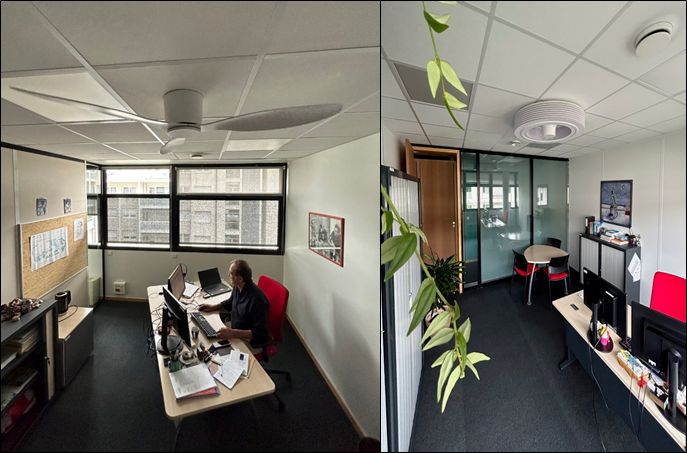
Figure 5: Comparison of the 2 ceiling fans: with blades on the left (Samarat) and without blades (bladeless ceiling fan) on the right (Exhale).
The equipment is located at three different sites: Annecy, Annemasse and Cluses. All the fans are carefully sized and laid out. Installation is then based on feedback from experience, particularly in terms of fastening, to ensure both efficiency and durability.
Ceiling fans help reduce measured temperatures
Three air-conditioned premises in Annecy are instrumented during the summer with probes to monitor changes in temperature: offices 420(1), 420(2) and 419. The first two are equipped with Exhale, while the third has no ceiling fans. In analysing the measurement campaign, two weeks stand out in particular: 14 August and 4 September:
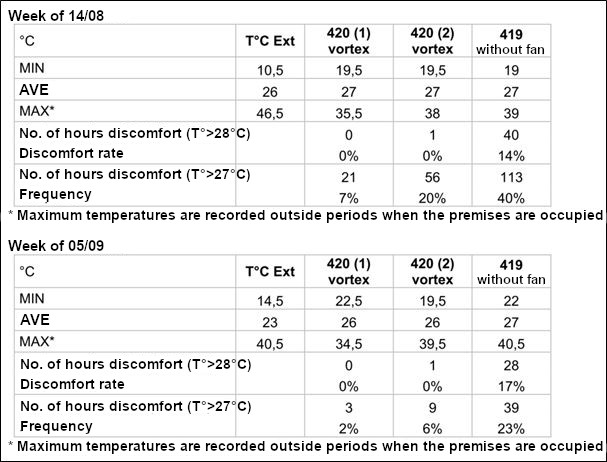
Figure 6: Analysis of temperatures and hours of discomfort
It was found that in the two offices fitted with air circulation fans, the rate of discomfort[ii] (temperatures > 28°C) remained at 0%, whereas in the room without fans, the same rate reached a value of between 14 and 17%.
The conclusion of the temperature measurement campaign carried out by CPAM 74 is as follows.
“At the Annecy head office, where the fans are installed in addition to the air conditioning system, measurements have shown that the fans reduce indoor temperatures by 1 to 2°C compared with offices without fans, depending on the time of day.
The measurements also showed, for one of the offices involved in the trial, that despite the high outside temperatures recorded at the beginning of September, summer comfort was achieved thanks to the ceiling fans, even without the use of air conditioning.
For the tests carried out at the Cluses and Annemasse sites, it appears that the indoor temperatures achieved are within the permitted comfort ranges during periods of high heat.
Generally speaking, the measurements taken – correlated with the humidity data – show that ceiling fans can provide real added value in terms of summer comfort, complementing the existing air conditioning system or the cooling system (adiabatic or thermodynamic) via the AHUs.
If we take into account the comfort ranges in the Givoni diagrams, we can see that summer comfort is achieved in the majority of cases.
The study shows that the presence of ceiling fans leads to a reduction in the temperatures measured. While the benefits of ceiling fans in terms of perceived temperatures are well known, this conclusion opens up new fields of research. Indeed, insofar as the premises are identical in terms of orientation and insulation, the origin of this performance deserves to be identified. For example, do the high circulation rates of the ceiling fans enable better use to be made of the inertia of the floor? This point will certainly merit further analysis.
Staff survey: ceiling fans significantly improve summer comfort
During the test phase from June to October 2023, a survey of 50 people was carried out at three sites: Annecy, Annemasse and Cluses, and showed how the teams perceived the air fresheners. We present the main results below.
Feeling for the temperature during the hottest periods (all fans)
1) Before installation
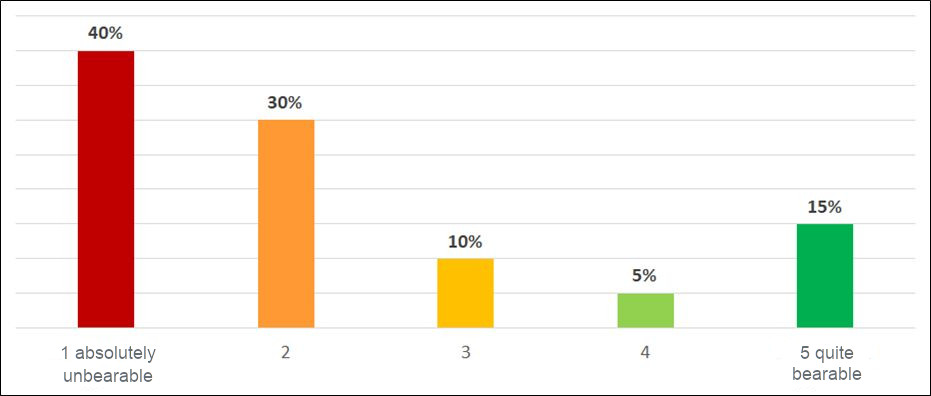
2) Since the establishment
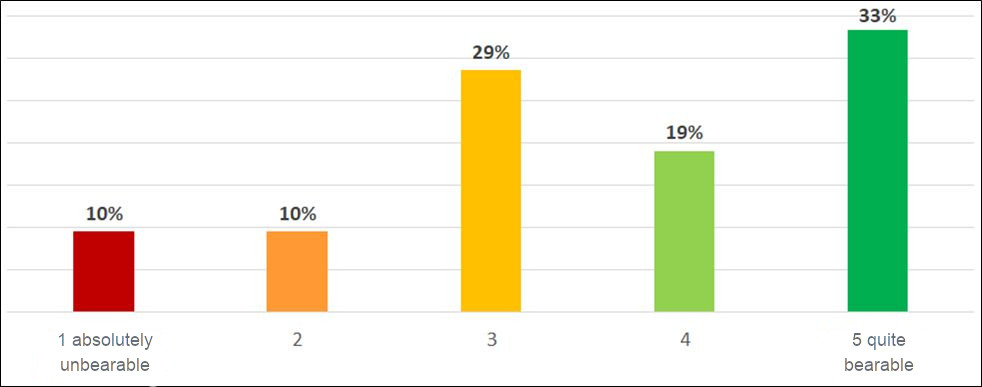
Perceived discomfort at the most uncomfortable levels (1 and 2) has fallen from 70% to 20%. The improvement is therefore very clear.
Do you find that ceiling fans work just as well when the windows are open?
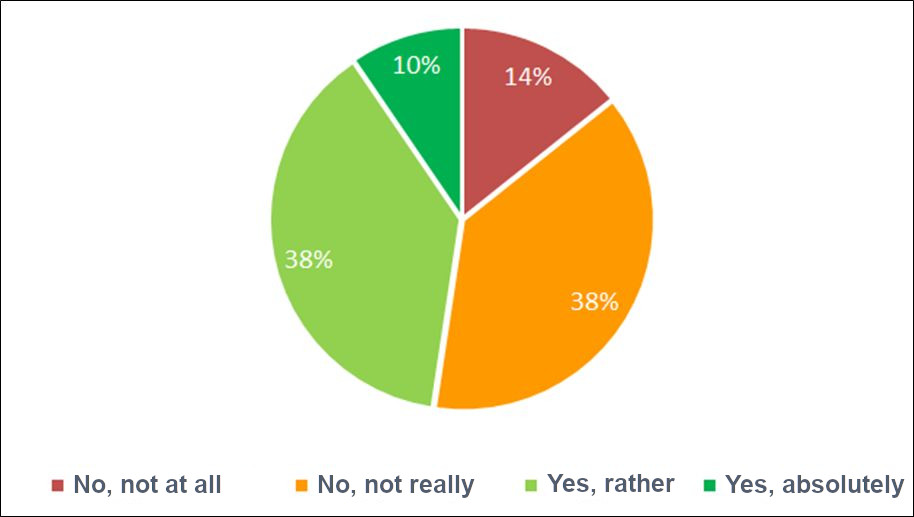
Clearly, opening windows in summer degrades the service provided by ceiling fans.
What is your impression of the noise level of ceiling fans at maximum operating speed?

Overall, the Exhale device appears to be comfortable to wear, with 76% of people rating it in the 2 best categories.
In terms of personal safety, do you think the Exhale fan offers a real advantage over a conventional ceiling fan with blades?
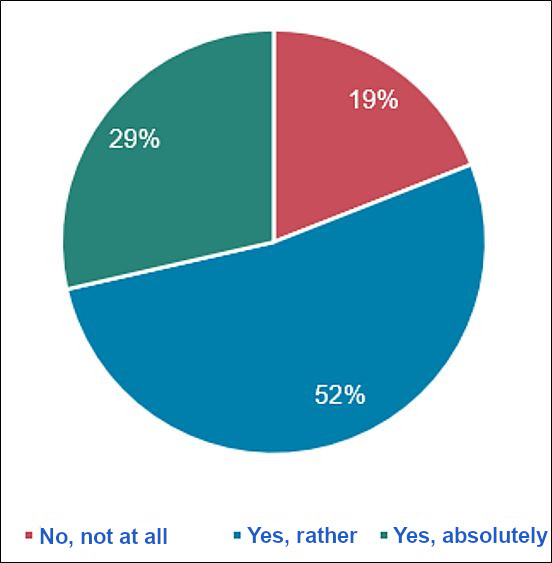
71% of respondents consider the Exhale ceiling fan to be safer.
The survey highlights the following facts:
- Ceiling fans provide a real improvement in summer comfort,
- Unsurprisingly, opening windows is an obstacle to achieving summer comfort targets,
- Acoustics are overwhelmingly approved by staff,
- The Exhale device offers greater perceived safety.
What good practices can be learned from the operation carried out by CPAM 74?
After an initial analysis, the CPAM opted to equip 100% of the premises with Exhale Fans bladeless devices. These units were chosen for the following reasons:
- In a context of low ceiling heights, staff appreciate their safety aspect (no risk of impact with rotating parts),
- Very even air circulation throughout the room,
- acoustics, even at high speeds,
- design and appreciation by a majority of people.
Finally, it should be noted that even in winter, the low-speed operation of the ceiling fans is appreciated by the teams, as it contributes to a better distribution of heat thanks to destratification.
The CPAM 74 project demonstrates a well-conducted experimental approach, in which the installation of ceiling fans is rigorously planned.
The temperature measurement campaign that followed enabled us to objectivise the results, which were then reinforced by a survey of occupants’ feelings.
Lastly, summer electricity consumption fell sharply, thanks to better practices in terms of set temperatures.
This operation is an example to follow for comparable projects to improve the summer operation of existing buildings.
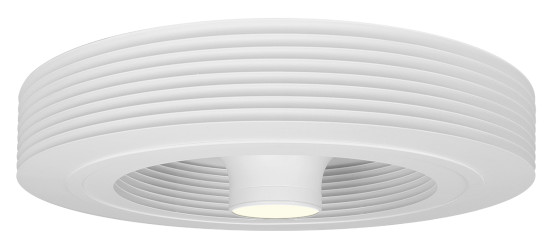
Exhale, the first vortex-effect bladeless ceiling fan
Are you a professional? We have a dedicated area for you.
Find Exhale Fans Europe on Linkedin

